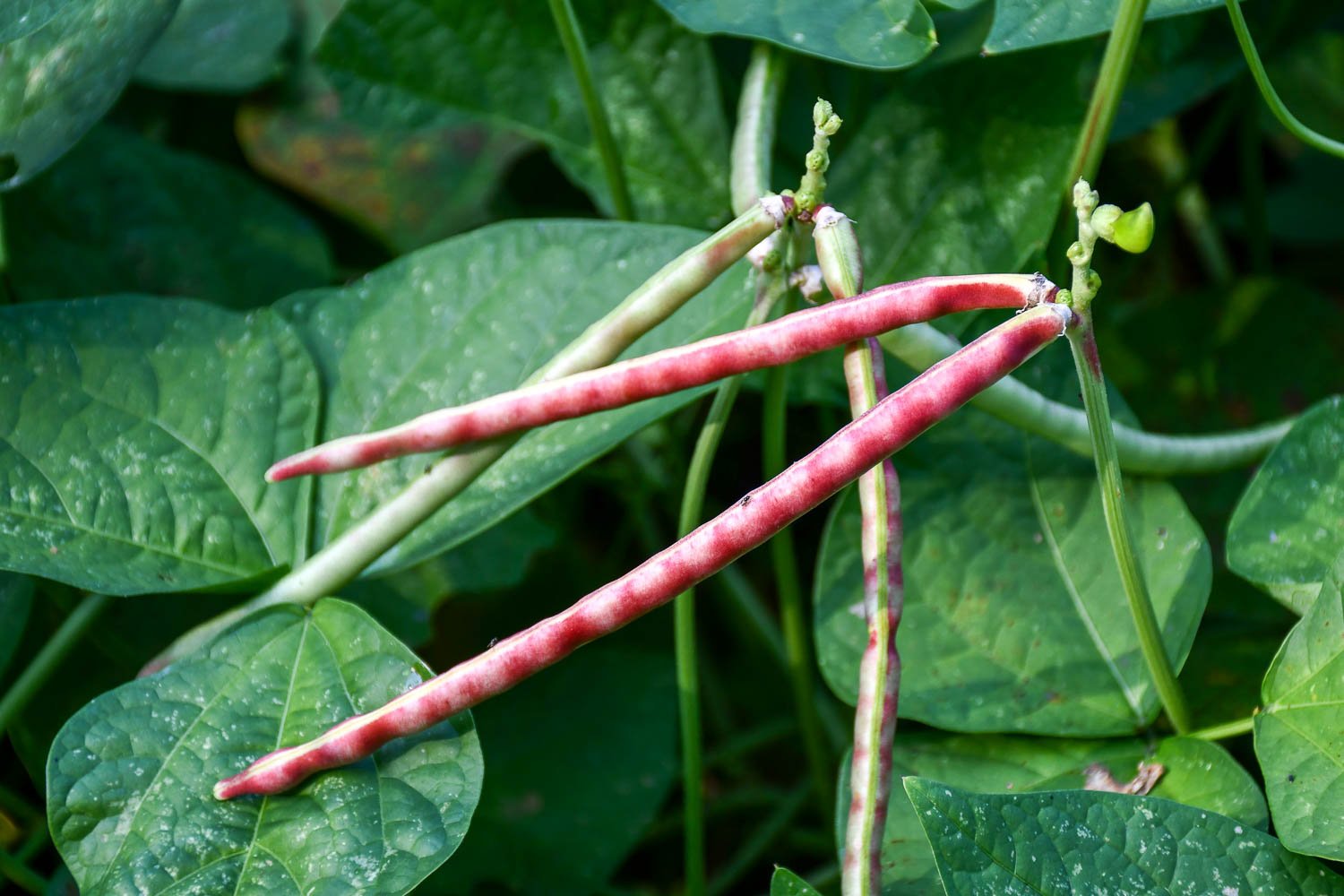We are rejoicing over the clear skies. It seems all it’s done over the past few weeks is rain after an already wet spring. I lamented in one of the last posts about just how wet we were. I didn’t know it could get worse.
We were inundated last Sunday night when instead of the few tenths of an inch of rain forecasted we received 4.6 inches in 3 hours.
I’ve lost most of my tomatoes due to too high a water table, and I’m watching fungal diseases set in on other plants. I finally broke down the other day and just started gardening in the rain, cutting back flopped over Rudbeckia maxima (giant coneflower) and Coreopsis tripteris (tall tickseed) that has exploded in growth with its wet feet.
But, not all the garden is a source of frustration. Our blueberries have loved this wet spring. I have long admired Vaccinium virgatum (rabbiteye blueberry) for the multi-season interest it offers the gardener and its versatility in the landscape. For us in the deep south, this species is our best selection to grow. And, in case you’re curious, the common name comes from the pink hue that fruit turn before they ripen that resembles the color of some rabbits’ eyes.
Before rabbiteyes bloom, their red stems offer color to the void of winter. And, in early spring I delight when the buds start to swell. They have attractive urn-shaped flowers that are pollinated by native bees. I have a fond memory of a southeastern blueberry bee sonicating a stem I was touching one day. I felt a slight shaking on the branch as the bee pollinated the flower by vibrating its flight muscles.
The urn-shaped flowers of Vaccinium virgatum
A Carolina Chickadee inspects the flowers and young fruit on a rabbiteye blueberry
The foliage is worth having in the garden, too. Many cultivars offer a blue-glaucous foliage that contrasts nicely with the myriad of green. And, then in autumn, blueberries light up the countryside as their leaves turn vermillion.
One of my core memories is visiting Graveyard Fields and seeing the patches of blueberries there many autumns ago. It was as if someone painted the landscape with the most vivid reds and oranges. And, here in the depths of November when the blueberries glow, I’m reminded of being high in the mountains with their wild cousins.
A vermillion sea of Vaccinium constablaei (hillside blueberry) at Graveyard Fields
But, there’s no time I love them more than when they are flush with fruit as spring fades into summer. I have been picking blueberries over the past few weeks, nibbling the first ripe ones here and there and then picking handfuls with my shirt held out as a harvest bin. Our waterers also enjoyed them while we were traveling in Tennessee and North Carolina.
Vaccinium virgatum ‘Austin’
Vaccinium ‘Pink Lemonade’
Our flowers took a hit during the late March freeze last year, and I watched as the urn-shaped blossoms that dangle and catch the dew on wet mornings fell from the plants. Thus, we lost most the fruit on ‘Austin’, ‘Climax’, and the red-fruited hybrid ‘Pink Lemonade’. Only ‘Powder Blue’ yielded fruit.
But, this year has been much better, and the plants have been loaded in the absence of a crop from last year. After last season’s dearth of fruit, I’m looking at adding more varieties for diversity to deal with weather issues.
Planting them is easy. I like to put blueberries in the ground in autumn when they are going dormant as I do most shrubs to help them establish and grow with the coming wetness of winter. And, I don’t amend the soil with lime, as I have to for most plants to help neutralize our soil’s 4.2 pH. They thrive in acidic conditions like many of their relatives in the Ericaceae (heath) family. Blueberries have a high iron requirement, and the lower pH frees more of the mineral nutrient into the soil solution. If your pH is too high, you can always use sulfur to bring it down.
The area surrounding Nacogdoches has acidic soil and used to be a nexus for blueberry production. I do hate that many of the farms have closed (save for a few), but we are holding onto our blueberry tradition here in the community with this past weekend’s 34 annual Texas Blueberry Festival.
After eating blueberry pancakes, Magnolia, Karen, and I helped paint part of a new blueberry mural as part of Brushing Up Nac, a non-profit that is making our quaint town even more charming.
Part of the paint by numbers mural on Pilar Street
Other festival attendees painting the blueberry mural
The blueberry mural mostly painted by participants after the 34 annual Texas Blueberry Festival
This native fruit is well worthy of a festival, a mural, and finding a place for a few in your garden.



































